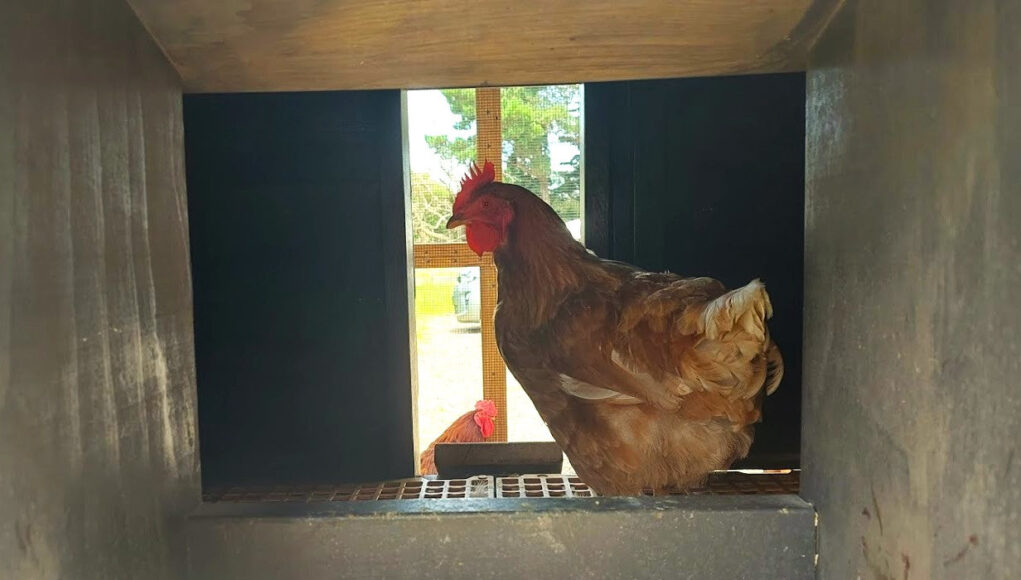Raising chickens can be a rewarding venture, whether you’re doing it for fresh eggs, meat, or simply as a hobby. One of the critical components of chicken care is providing suitable nesting boxes. If you have a flock of 10 chickens, it’s essential to set up the right number of nesting boxes to ensure their comfort and productivity.

Why are Nesting Boxes Important?
Nesting boxes are crucial because they provide a clean and safe space for your hens to lay their eggs. Without these boxes, hens may lay eggs in undesirable places, making them difficult to find and potentially decreasing egg quality.
How Many Nesting Boxes Do You Need?
For a flock of 10 chickens, you typically need around 3 to 5 nesting boxes. The general rule of thumb is one nesting box for every 3-4 hens, ensuring that each hen has a comfortable space to lay her eggs.
Choosing the Right Size for Nesting Boxes
It’s vital to select the correct size for your nesting boxes. A typical nesting box should measure about 12 inches wide, 12 inches deep, and 12 inches high. This size accommodates most chicken breeds comfortably.
Considerations for Larger Breeds
If you have larger breeds like Brahmas or Jersey Giants, you might need to increase the dimensions to 14x14x14 inches to provide adequate space for these birds.
Materials to Use for Nesting Boxes
The material of the nesting boxes affects their durability and ease of cleaning. Common materials include wood, metal, and plastic. Each has its advantages and drawbacks:
- Wood: Traditional and natural, but can be harder to clean.
- Metal: Durable and easy to clean, but can get cold in winter.
- Plastic: Lightweight and easy to clean, but less durable than metal.
Placement of Nesting Boxes
Proper placement of nesting boxes is key to their effectiveness. Ensure they are in a quiet, dim area of the coop, elevated off the ground to prevent moisture, and accessible for cleaning. You can find more tips on nesting box location.
Maintaining Cleanliness in Nesting Boxes
Regular cleaning of the nesting boxes is essential to prevent the spread of disease and parasites. Replace straw, sawdust, or hay lining frequently and ensure boxes are dry and free from waste.
DIY Nesting Box Ideas
If you enjoy DIY projects, creating your own nesting boxes can be a cost-effective and customizable option. Check out some creative ideas on DIY chicken nesting boxes.
Encouraging Chickens to Use Nesting Boxes
Sometimes, chickens may not immediately take to using nesting boxes. To encourage them, place dummy eggs or golf balls inside. You can also explore why chickens avoid nesting boxes.
Common Mistakes to Avoid
Avoid overcrowding by not providing enough nesting boxes, and ensure boxes are not too high or too low, which can deter use. Additionally, avoid using slippery materials that can cause discomfort.
Additional Tips for Happy Chickens
Provide plenty of fresh bedding material and ensure your chickens have a consistent supply of fresh food and clean water. Happy chickens are productive chickens!

Frequently Asked Questions
How many nesting boxes do I need for 10 chickens?
For 10 chickens, you should have at least 3 to 5 nesting boxes.
What materials are best for nesting boxes?
Wood, metal, and plastic are common materials, each with its pros and cons. Choose based on durability and ease of cleaning.
How can I encourage my chickens to use the nesting boxes?
Use dummy eggs or golf balls in the boxes, and ensure they are clean and placed in a quiet, dim location.
Understanding and implementing the right nesting boxes for your flock of 10 chickens will ensure they have a safe and comfortable place to lay their eggs. For more insights, explore the differences between nesting and roosting and other related topics.
This article contains affiliate links. We may earn a commission at no extra cost to you.











